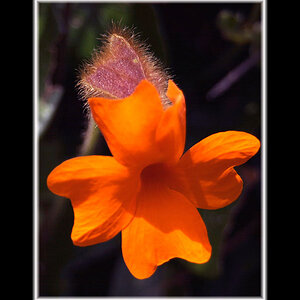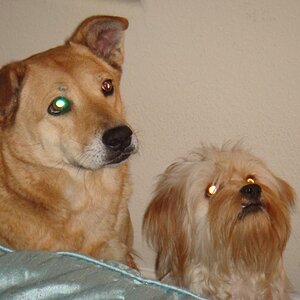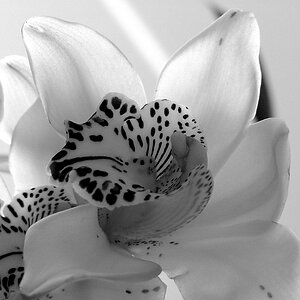iSellJerseyShore
TPF Noob!
- Joined
- Jun 10, 2005
- Messages
- 121
- Reaction score
- 0
- Location
- Jackson - NJ
- Website
- www.iselljerseyshore.com
First off I would like to say that this is my first post on the forum here. I have been searching and lurking on these boards for a while..
I am wondering if anyone may know of a Pocket Card or Reference sheet that can be downloaded and printed. Something that outlines when to use certain settings for different conditions ie: ISO speed for daylight vs. nightlight
Being a Amatuer I think it would be handy to have a reference like that with me while out shooting to help get that perfect shot..
Thanks in advance!!
iSellJerseyShore
I am wondering if anyone may know of a Pocket Card or Reference sheet that can be downloaded and printed. Something that outlines when to use certain settings for different conditions ie: ISO speed for daylight vs. nightlight
Being a Amatuer I think it would be handy to have a reference like that with me while out shooting to help get that perfect shot..
Thanks in advance!!
iSellJerseyShore



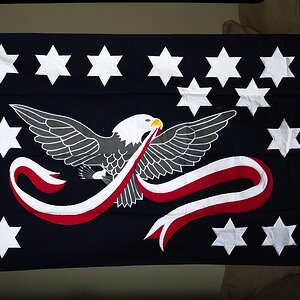
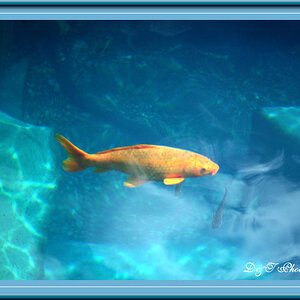
![[No title]](/data/xfmg/thumbnail/32/32708-c55da623febe9d91efe5f28aa54c3090.jpg?1619735612)
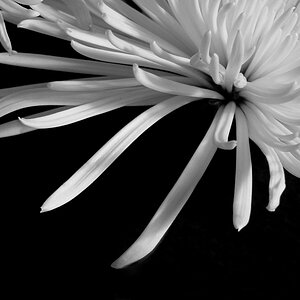
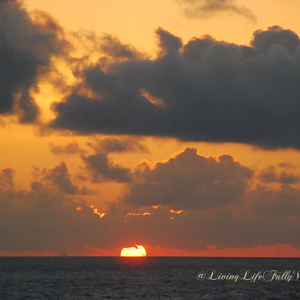
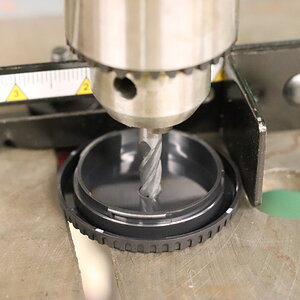
![[No title]](/data/xfmg/thumbnail/41/41820-5b89d2c0ef3c8c232c56fabddbeaee0b.jpg?1619739903)
